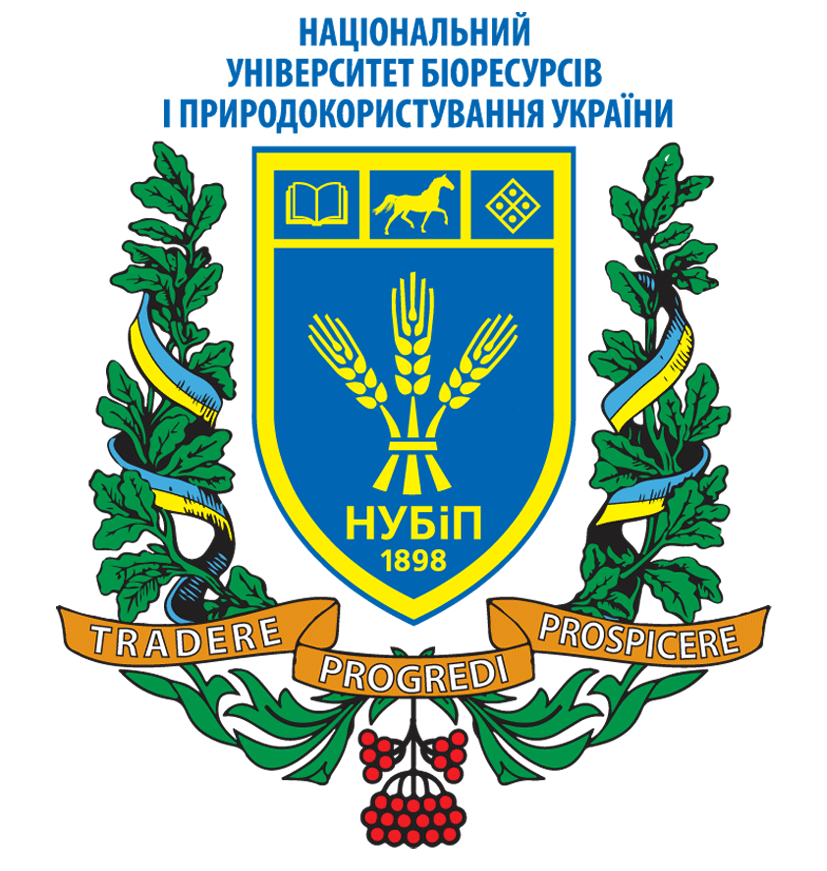Mathematical Modeling of Cholera Mitigation Incorporating Handwashing
DOI:
https://doi.org/10.51867/Asarev.Maths.1.1.9Keywords:
Cholera, Handwashing, Endemic EquilibriumAbstract
Cholera is a bacterial infection caused by Vibrio cholerae. This bacterium produces a toxin that leads to severe diarrhea and dehydration. Cholera is often associated with areas with poor sanitation, limited access to clean water and overcrowded conditions. Cholera remains a significant global health concern, with outbreaks occurring frequently in areas with poor sanitation and hygiene practices. This study aims to investigate the role of handwashing in mitigating cholera. considering the key factors such as mode of transmission, incubation period, signs and symptoms, treatment measures, risk factors and the main causes of cholera. The study tends to assess the effectiveness of handwashing as a preventive measure against cholera transmission. The research addresses the critical gap in understanding the specific contribution of handwashing in preventing cholera, considering its complex transmission dynamics. The expected results of this study are an association between increased handwashing and a decrease in cholera occurrence. Results from this study will inform evidence-based strategies for disease prevention and contribute to the broader field of infectious disease prevention modeling. The study seeks to elucidate the dynamics of cholera transmission, considering the interplay between susceptible, infectious and recovered population. Analysis of the model shows that there exists a region where the model is mathematically and epidemiologically well posed because its solutions were positive and bounded. Computation of the basic reproduction number, was done using the next generation matrix approach. It was determined that when R0 < 1, cholera does not spread. Stability analysis of the cholera model showed that the disease free equilibrium is both locally and globally asymptotically stable. Ideally, this means that keeping R0 < 1 is a possible strategy for curbing the spread of the disease. Analysis of the endemic equilibrium shows its existence when R0 > 1. Furthermore, the endemic equilibrium is also locally asymptotically stable. This shows that when R0 > 1, the disease persists and spreads in the population. Numerical simulation was done using MATLAB software to show the effectiveness of handwashing on cholera mitigation.
References
Andrews, J. R., & Basu, S. (2011). Transmission dynamics and control of cholera in Haiti: an epidemic model. Lancet, 377 (9773), 1248-1255. https://doi.org/10.1016/S0140-6736(11)60273-0 DOI: https://doi.org/10.1016/S0140-6736(11)60273-0
Bakhtiar, T. (2016). Optimal intervention strategies for cholera outbreak by education and chlorination. IOP Conf. Series: Earth and Environmental Science, 31, 012022. https://doi.org/10.1088/1755-1315/31/1/012022 DOI: https://doi.org/10.1088/1755-1315/31/1/012022
Bertuzzo, E., Azaele, S., Maritan, A., Gatto, M., Rodriguez-Iturbe, I., and Rinaldo, A. (2007). On the space-time evolution of a cholera epidemic. Water Re- sources Research, 43, w 01424.
https://doi.org/10.1029/2006WR005533 DOI: https://doi.org/10.1029/2006WR005533
Castillo-Chavez, C., Feng, Z., & Huang, W. (2002). On the computation of R0 and its role on global stability. Mathematical Approaches for Emerging and Re emerging Infectious Diseases: An Introduction, 125, 229-250. https://doi.org/10.1007/978-1-4757-3667-0_13 DOI: https://doi.org/10.1007/978-1-4757-3667-0_13
Colwell, R. (1996). Global climate and infectious disease: The cholera paradigm. Science 274 (5295), 2025-2031.
https://doi.org/10.1126/science.274.5295.2025 DOI: https://doi.org/10.1126/science.274.5295.2025
Mukandavire, Z., Liao, S., Wang, J., Smith, D. L., & Morris, J. G. (2011). Estimating the reproductive numbers for the 20082009 cholera outbreaks in Zimbabwe. Proceedings of the National Academy of Sciences, 108 (21), 8767-8772. https://doi.org/10.1073/pnas.1019712108 DOI: https://doi.org/10.1073/pnas.1019712108
Nelson, E. J., Harris, J. B., Morris, J. G., Calderwood, S. B., & Camilli, A. (2009). Cholera transmission: The host, pathogen and bacteriophage dynamics. Nature Reviews Microbiology, 7(10), 693702. https://doi.org/10.1038/nrmicro2204 DOI: https://doi.org/10.1038/nrmicro2204
Skanchy, H., Chantry, J., & Nielsen, S. (2009). An epidemiological look at cholera. Available from http://www.citeseerx.ist.psu.edu/
Tchuenche, J., & Bauch, C. (2012). Dynamics of an infectious disease where media coverage influences transmission. ISRN Biomathematics. https://doi.org/10.5402/2012/581274 DOI: https://doi.org/10.5402/2012/581274
United Nations Children's Emergency Fund. (2016). Kenya: Cholera outbreak overview. Available from http//www.unicef.org:60090/ (Accessed 06- January-2024)
Van den Driessche, P., & Watmough, J. (2002). Reproduction numbers and sub-threshold endemic equilibria for compartmental models of disease trans- mission. Mathematical Biosciences 180 (1), 2948. https://doi.org/10.1016/S0025-5564(02)00108-6 DOI: https://doi.org/10.1016/S0025-5564(02)00108-6
Wang, J., & Modnak, C. (2011). Modeling cholera dynamics with controls. Canadian Applied Mathematics Quarterly 19 (3), 255-273.
Wang, X., Gao, D., & Wang, J. (2015). Influence of human behavior on cholera dynamics. Mathematical Biosciences, 267, 4152.
https://doi.org/10.1016/j.mbs.2015.06.009 DOI: https://doi.org/10.1016/j.mbs.2015.06.009
World Health Organization. (n.d.). Cholera. Available from http://www.who.int/cholera/en/ (Accessed: 28-November-2023)
World Health Organization. (2010). Cholera vaccines: Who position paper. Avail- able from http://www.who.int/wer/2010/wer8513.pdf?ua=1 (Accessed 11-January-2024)
Zhao, H., Lin, Y., & Dai, Y. (2014). An sirs epidemic model incorporating media coverage with time delay. Computational and Mathematical Methods in Medicine. https://doi.org/10.1155/2014/680743 DOI: https://doi.org/10.1155/2014/680743
Zhao, H., & Zhao, M. (2016). Global hopf bifurcation analysis of a susceptible-infective- removed epidemic model incorporating media coverage with time delay. Journal of Biological Dynamics, 11 (1), 8-24. https://doi.org/10.1080/17513758.2016.1229050 DOI: https://doi.org/10.1080/17513758.2016.1229050
Downloads
Published
Issue
Section
License
Copyright (c) 2024 Cherotich Sheila, Khachiti Branis, Khakali Phelesia, Kendi Risper (Author)

This work is licensed under a Creative Commons Attribution-NonCommercial 4.0 International License.



















